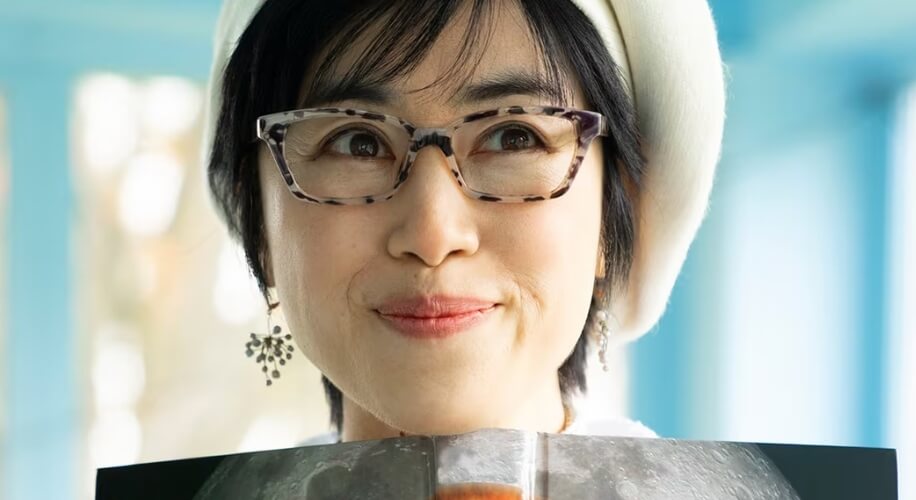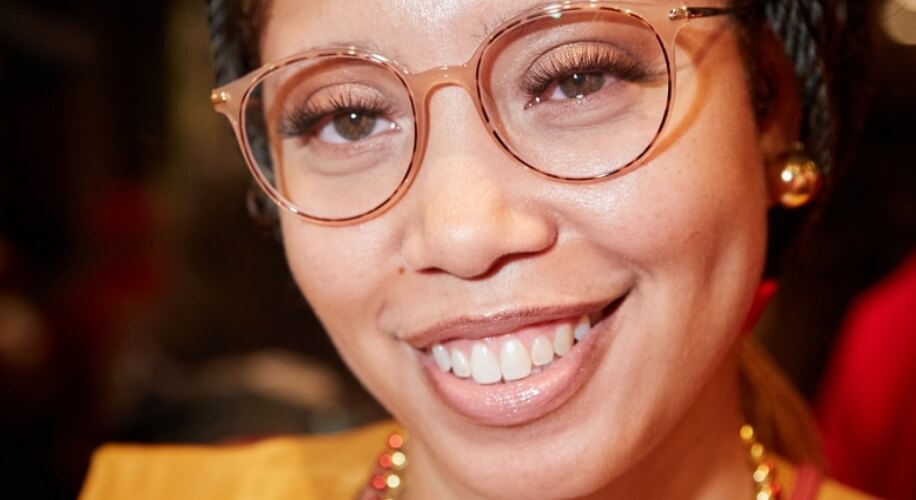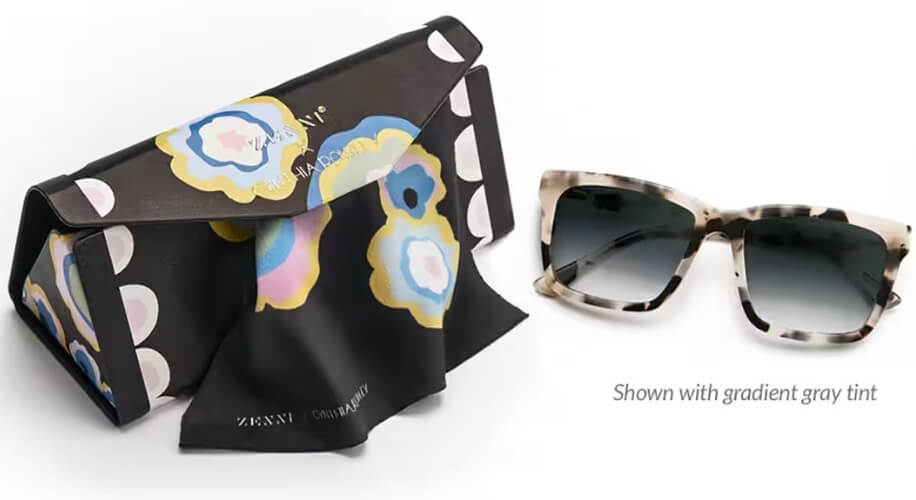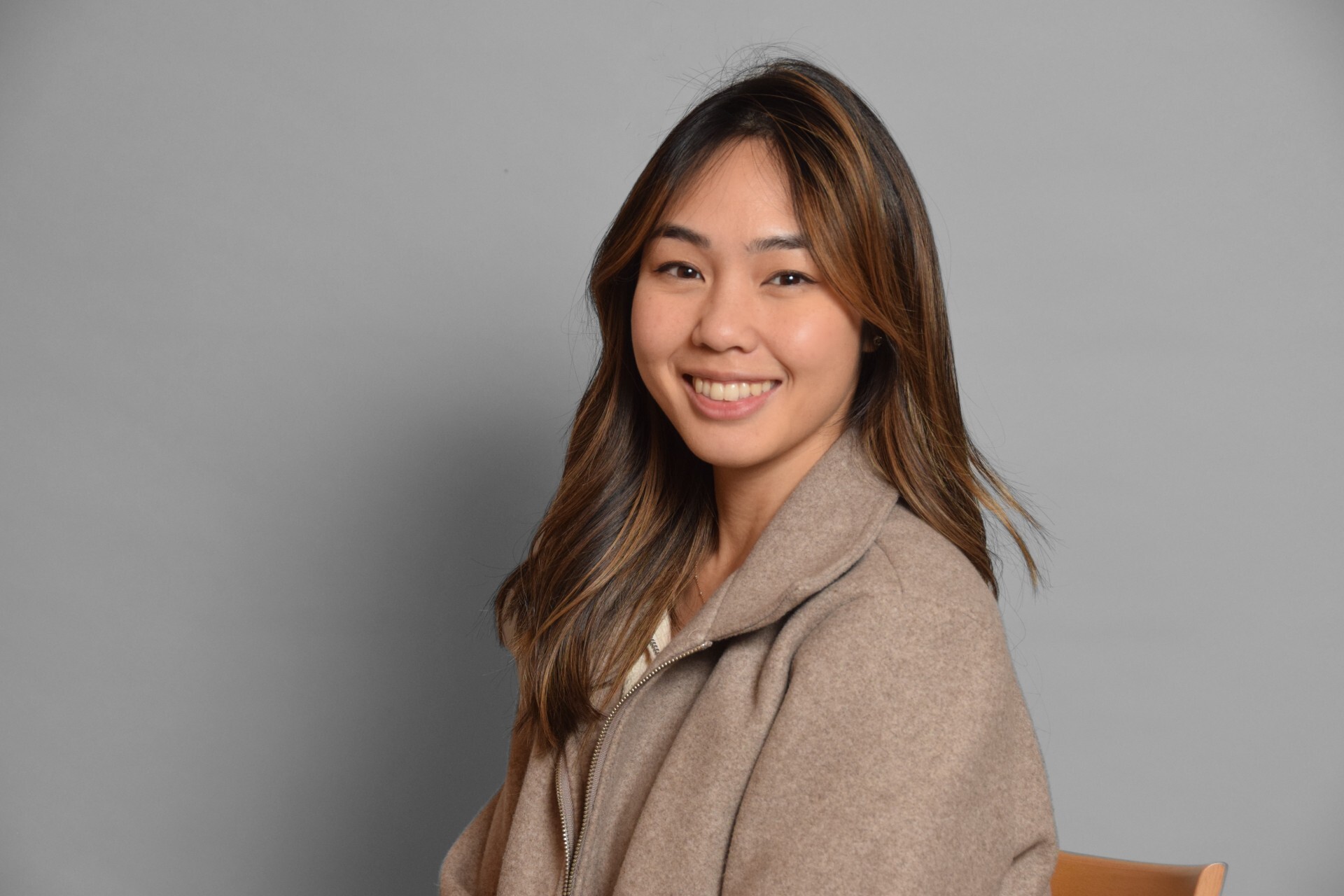Bridging the Gap: Finding Your Perfect Fit Within the Bridge
The struggle with ill-fitting glasses can be an ongoing battle, especially for individuals with a low nose bridge. With a variety of glasses options available today, individuals now have the option to choose Universal Bridge Fit frames or frames with nose pads to ensure both comfort and functionality.
Shop These Zenni Universal Bridge Fit Frames
Signs You May Have a Low Nose Bridge
Find your nose bridge by looking at your side profile and seeing where the angle of your nose meets your face between your eyes. You can also try running your finger from the tip of your nose upwards and seeing where the contour starts to flatten out or change direction.
Signs you may have a low nose bridge include:
- The bridge of your nose is located at or below your pupil level.
- There is a smaller angle made between the diagonal of your nose and your face.
- Glasses tend to slide down your nose.
- The bottom of your glasses touch your cheeks when you’re smiling or even when you’re not smiling.
- Your eyelashes often come into contact with your frames. Sometimes this can result in increased oil smeared on your lenses.
Shop These Zenni Universal Bridge Fit Frames
Universal Fit Frames:
To combat the woes of ill-fitting glasses for those with low nose bridges, along comes Universal Bridge Fit glasses, sometimes called Low Nose Bridge glasses or Asian Fit glasses. Universal Bridge Fit frames are typically incorporated seamlessly into plastic frames whereas most metal frames will have customizable nose pads.
Features of Universal Bridge Fit glasses may include:
- Extended Nose Pads: These larger nose pads help distribute weight to the sides of the nose for more security and comfort. They also vault the glasses away from your face to provide more clearance between your cheeks and the bottom of your frames.
- Reduced Pantoscopic Lens Tilt: Pantoscopic tilt is the angle made between the lenses and horizontal visual axis. The higher the pantoscopic tilt, the closer the bottom of the lenses are to your cheeks. The reduced tilt in Universal Fit glasses adds further clearance between the bottom of the lenses and your cheeks.
- Curved Temples: Universal Bridge Fit frames often have temples that curve outwards to accommodate wider face widths.
Shop These Universal Bridge Fit Glasses
Glasses with Nose Pads: Customized Comfort
Nose pads come in a variety of shapes and styles and are found on most metal frames and some acetate frames. Both Universal Bridge Fit glasses and glasses with nose pads can be excellent options for glasses wearers with low nose bridges. The keyword for glasses with nose pads is: ADJUSTABILITY!
Some features of glasses with nose pads include:
- Vaulting Effect: Similar to the vaulting effect in Universal Bridge Fit frames, nose pads can be adjusted to tailor the vault between the glasses and your eyes.
- Customized Weight Distribution: Nose pads can also be adjusted to distribute weight on various parts of your nose to improve comfort and security.
Shop Similar Zenni Frames with Nose Pads
Choosing between universal bridge glasses and those with nose pads is a personal journey that depends on your facial features and preferences. Discover a range of glasses at Zenni Optical designed to cater to diverse facial structures. Embrace comfort and style with frames that address your unique needs. Say goodbye to ill-fitting glasses – Find Your Fit Now.







 United States
United States